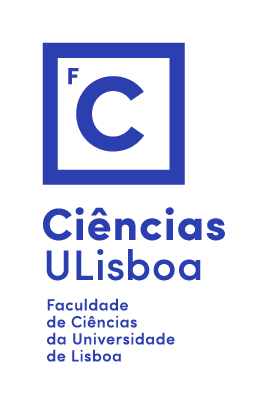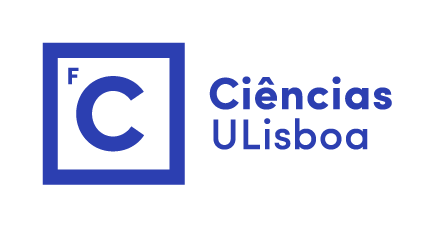César Garcia
“Tive uma educação científica de excelência”, conta César Garcia, que concluiu os estudos em Ciências ULisboa, primeiro a licenciatura em Biologia Vegetal Aplicada, depois o doutoramento em Biologia, especialidade em Ecologia, com um trabalho sobre a Biodiversidade de Carvalhais da Rede Natura 2000.


